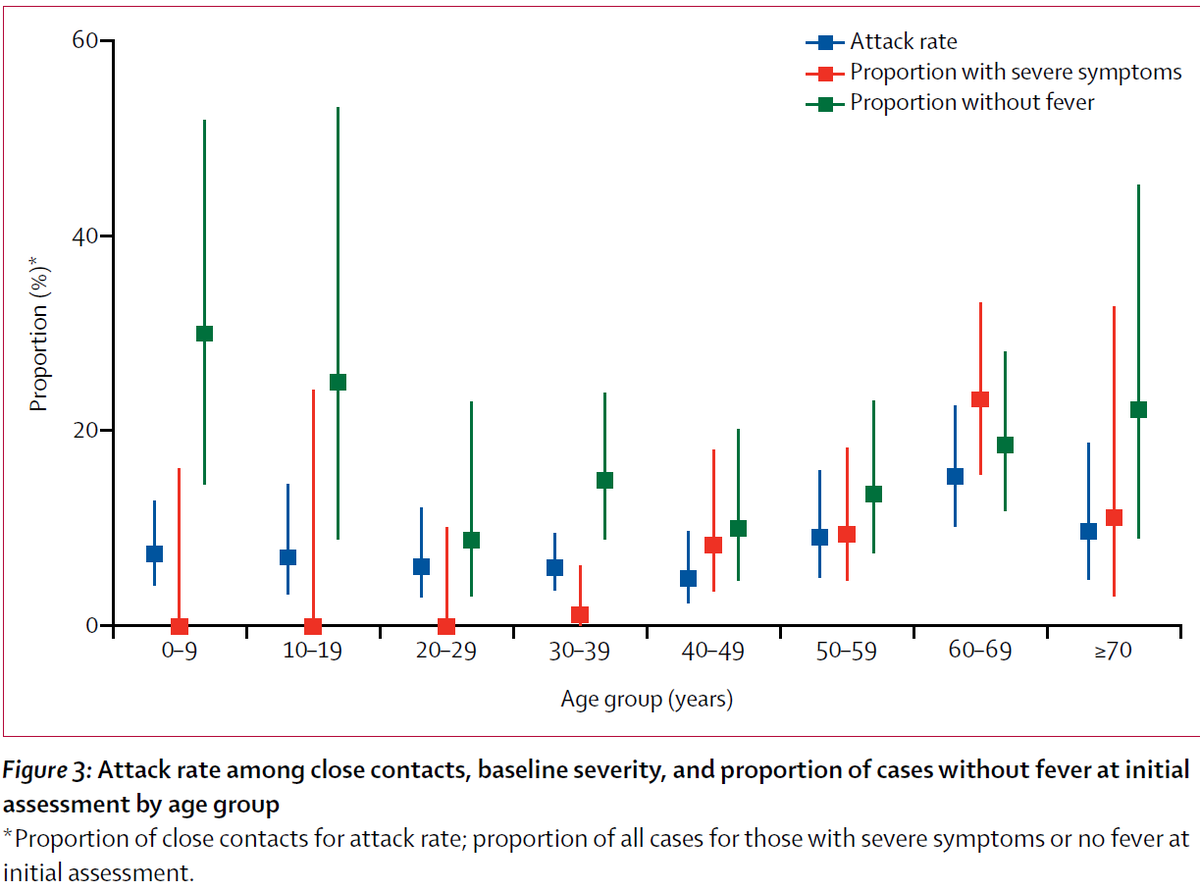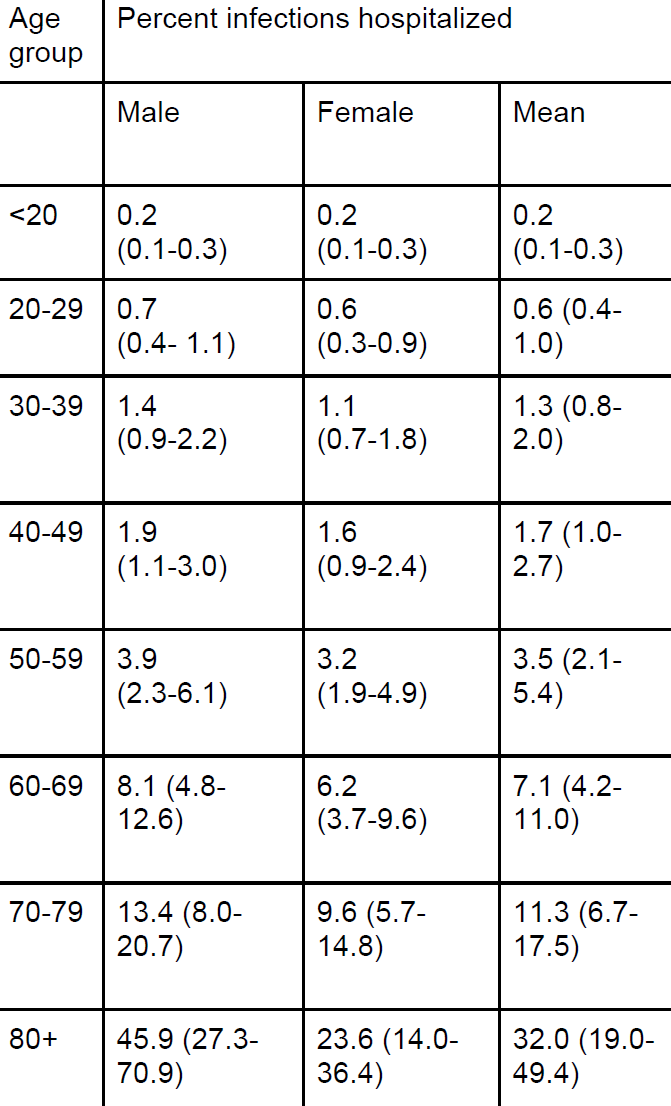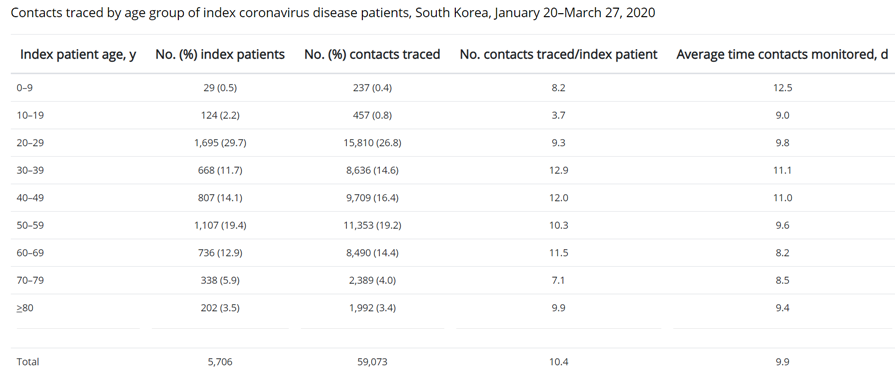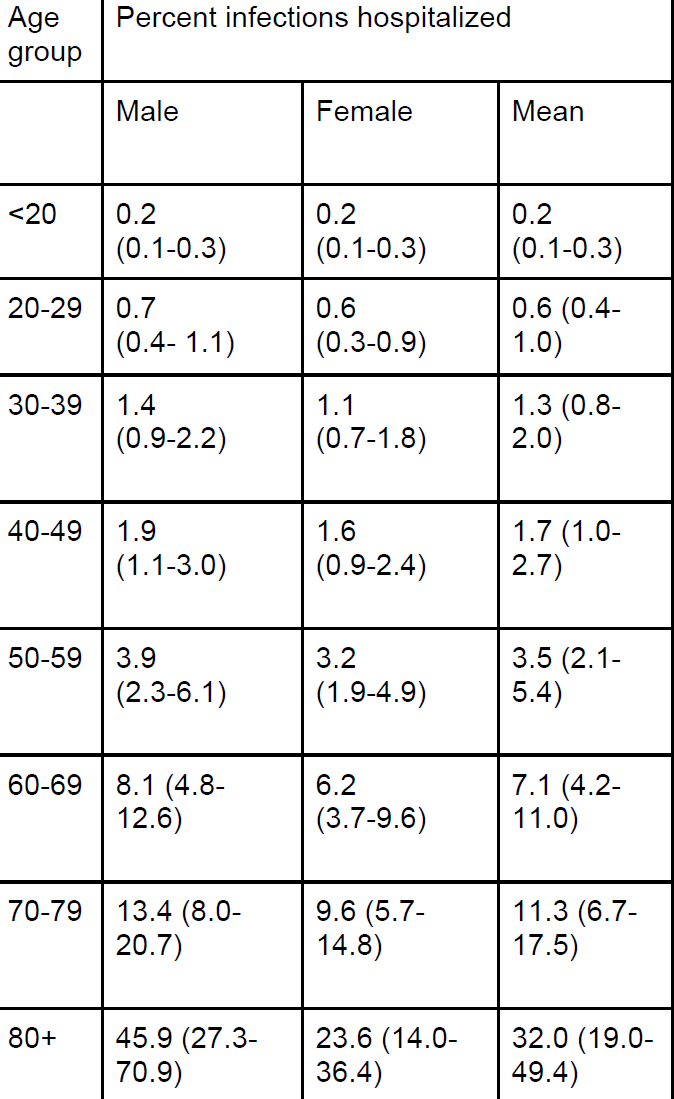Do kids transmit #COVID19 less often than adults?
New paper published from contact tracing in S Korea.
(I& #39;m 1-2d late to the party but other threads are mis-representing the paper/data or missing some issues so a bit of clarification is needed).
Thread
https://wwwnc.cdc.gov/eid/article/26/10/20-1315_article">https://wwwnc.cdc.gov/eid/artic...
New paper published from contact tracing in S Korea.
(I& #39;m 1-2d late to the party but other threads are mis-representing the paper/data or missing some issues so a bit of clarification is needed).
Thread
https://wwwnc.cdc.gov/eid/article/26/10/20-1315_article">https://wwwnc.cdc.gov/eid/artic...
Background
Huge question in US right now is: Can we re-open schools safely, or will doing so lead to spike in transmission that leads to infection in older at-risk parents & teachers. I wrote a thread about this 2 weeks ago w/ lots of unknowns: https://twitter.com/DiseaseEcology/status/1280737140054216704">https://twitter.com/DiseaseEc...
Huge question in US right now is: Can we re-open schools safely, or will doing so lead to spike in transmission that leads to infection in older at-risk parents & teachers. I wrote a thread about this 2 weeks ago w/ lots of unknowns: https://twitter.com/DiseaseEcology/status/1280737140054216704">https://twitter.com/DiseaseEc...
New paper tries to address most important issue: do kids transmit as much as adults when infected?
Data is testing/monitoring of contacts of cases and comparison of fraction of contacts infected by age of index case, and whether contacts are within household or not.
Data is testing/monitoring of contacts of cases and comparison of fraction of contacts infected by age of index case, and whether contacts are within household or not.
Good things about study
-HUGE sample size. 5706 index cases whose contacts were traced. 10.4 contacts/case so 59K contacts monitored/tested
Limitations-1
-Only household contacts & health care professionals tested for infection; all others monitored for symptoms & tested if sick
-HUGE sample size. 5706 index cases whose contacts were traced. 10.4 contacts/case so 59K contacts monitored/tested
Limitations-1
-Only household contacts & health care professionals tested for infection; all others monitored for symptoms & tested if sick
Limitations
-As in ALL contact tracing studies, they can& #39;t determine whether 1st detected case was actual "index" case, or was infected from family member who didn& #39;t become symptomatic or did so after the 1st detected case. This is far bigger issue than most people realize.(cont)
-As in ALL contact tracing studies, they can& #39;t determine whether 1st detected case was actual "index" case, or was infected from family member who didn& #39;t become symptomatic or did so after the 1st detected case. This is far bigger issue than most people realize.(cont)
Previous studies show this clearly as "negative serial intervals" - i.e. they can identify who got infected 1st because they traveled to Wuhan and then infected someone in a city with low transmission but got sick after the person they infected. https://wwwnc.cdc.gov/eid/article/26/6/20-0357_article">https://wwwnc.cdc.gov/eid/artic...
The trickiest part of this is that the chance of becoming symptomatic varies among ages. I haven& #39;t seen a study w/ % asymptomatic by age (reply w/ link if one exists please!), but this study shows % w/out fever & % w/ severe symptoms w/ huge diffs by age.
One study estimates prob of hospitalization given infection by age which shows 20-29 3x times as likely to be hospitalized as <20 & increasing values w/ each decade w/ overlap b/w 30s & 40s.
10.1126/science.abc3517
10.1126/science.abc3517
Given just this pattern, we expect to find very few people 0-19 as 1st case in family because their symptoms are mild. But variation in contact rate also important, so if schools re-open we could see many more.
This study, (like all others), make this assumption:
"We defined a detected case as a contact with symptom onset after that of a confirmed COVID-19 index patient."
How will this assumption & decrease in % w/ severe symptoms w/ increasing age affect analysis?
"We defined a detected case as a contact with symptom onset after that of a confirmed COVID-19 index patient."
How will this assumption & decrease in % w/ severe symptoms w/ increasing age affect analysis?
Younger people are highly biased against being characterized as index case. In new study 0-19 yr make up only 2.7% of index cases, and 10-19yr are 4x more likely than 0-9yr. This is similar to 3x ratio of prob infection -> hospital from above (10.1126/science.abc3517 ).
Thus this diff in likelihood of being index case could be primarily due to diffs in prob of severe symptoms. Diffs b/w 0-19 and 20+ could be partly prob of symptom severity and partly contact rates. Since schools were closed contact rates for kids were lower than normal.
So what do we see in terms of prob of transmission by age? Lower fraction of contacts infected for youngest (but small N so wide CI). Surprisingly high for 10-19, low for 20-20 & slight trend to increase w/ age but overlapping CIs.
So what should we conclude from this study?
-I& #39;ve seen some people claim that it definitively shows 0-9 don& #39;t get infected (b/c low % of index are young) & rarely transmit; 10-19 also rarely infected (low % of index) but do transmit. So ok for young kids to go to school. But...
-I& #39;ve seen some people claim that it definitively shows 0-9 don& #39;t get infected (b/c low % of index are young) & rarely transmit; 10-19 also rarely infected (low % of index) but do transmit. So ok for young kids to go to school. But...
I don& #39;t think claim of rarely infected holds b/c of big diff in probability of symptoms & because schools closed.
Serosurvey (best type of study to assess this) from Spain shows kids w/ only a bit lower infection despite closed schools. https://twitter.com/DiseaseEcology/status/1280303277020610560">https://twitter.com/DiseaseEc...
Serosurvey (best type of study to assess this) from Spain shows kids w/ only a bit lower infection despite closed schools. https://twitter.com/DiseaseEcology/status/1280303277020610560">https://twitter.com/DiseaseEc...
Two other serosurveys show either same seroprev in kids or again a bit lower, but all during periods w/ schools closed.
https://www.medrxiv.org/content/10.1101/2020.05.20.20108126v1.full.pdf
Taken">https://www.medrxiv.org/content/1... together I think these serosurveys show kids may be slightly less likely to be infected when schools are closed but ...
https://www.medrxiv.org/content/10.1101/2020.05.20.20108126v1.full.pdf
Taken">https://www.medrxiv.org/content/1... together I think these serosurveys show kids may be slightly less likely to be infected when schools are closed but ...
this could easily flip w/ school re-opening. So I don& #39;t think it& #39;s safe to conclude 0-9yr won& #39;t get infected. Transmission from 0-9yr in this new study is lower than 10-19 but similar to 20-29 w/in household but small N so wide CI.
So I don& #39;t think it& #39;s safe to conclude they don& #39;t transmit same as adults. I wouldn& #39;t claim they do either (N too low; CI too wide). So one has to decide what to do in face of uncertainty. Hard Q and I have no answer.
I& #39;ve also seen other people take data at more than face value & conclude that kids 10-19 transmit MORE than older & younger people ( https://www.nytimes.com/2020/07/18/health/coronavirus-children-schools.html)">https://www.nytimes.com/2020/07/1... even though article never says this. Only statistical analysis says 40+ transmit more to non-household contacts than 30-39.
Overall, I think this paper provides huge dataset but not clarity b/c:
-N for 0-9 children tiny;
-patterns mixed (why 20-29 so low?)
-from period w/ school closure
-biases in detecting infected people if monitoring contacts or detecting index cases by symptoms as was done here.
-N for 0-9 children tiny;
-patterns mixed (why 20-29 so low?)
-from period w/ school closure
-biases in detecting infected people if monitoring contacts or detecting index cases by symptoms as was done here.
So I& #39;d argue this study provides just enough data to make us really want to do a planned study, not just collect opportunistic data.
1 Key Q from @cmyeaton in NYT article- do asymptomatic kids spread virus same as symptomatic?
1 Key Q from @cmyeaton in NYT article- do asymptomatic kids spread virus same as symptomatic?
This is actually an outstanding question more generally. We still need sequential viral load samples from asymptomatics not just snapshot.
We also need data on infection patterns in kids that is not biased by lack of symptoms. Need frequent screening in kids when schools re-open.
We also need data on infection patterns in kids that is not biased by lack of symptoms. Need frequent screening in kids when schools re-open.
Pooled testing, now allowed by FDA will help as might other testing methodologies.
So more work to do to really understand transmission to and from kids 0-9 and older, and need to do it w/ schools open which is obviously tricky/dangerous when infection in community is high.
So more work to do to really understand transmission to and from kids 0-9 and older, and need to do it w/ schools open which is obviously tricky/dangerous when infection in community is high.

 Read on Twitter
Read on Twitter







